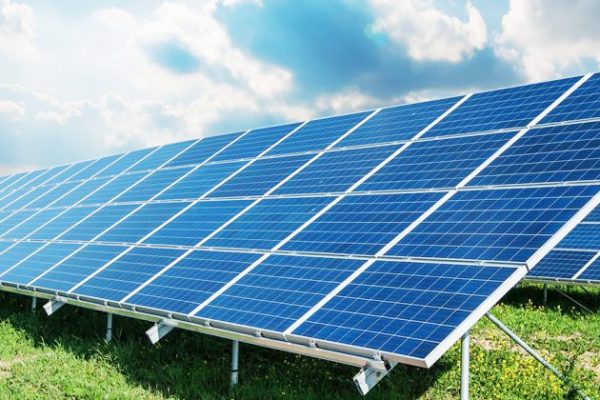By Derick Tsimba
Zimbabwe has the potential of becoming a Southern Africa power hub, exporting electricity within the region following the signing of the 2000 Mega Watts (MW) solar power deal with United Arab Emirates (UAE).
Southern Africa comprises of developing nations which require continuous supply of power to maximize production of goods and services.
Shortages of power continue to be detrimental on productivity to a greater extent in Southern Africa as in the case of South Africa, in Johannesburg were power cuts by Eskom during this month of December 2019 have left industries and homes in the dark for long hours.
Eskom made it known to the public that load shedding would remain high for some time owing to its incapacitation to produce the required amount of electricity owing to its systems vulnerability and unreliability which led it to put in place a stage two load shedding schedule.
According to Eskom spokesperson Dikatso Mothae, the South African cash-strapped power generator indicated loss of units resulting in an increase of diesel and water usage to generate electricity, leading to the inability to conserve both resources to minimise power cuts.
In East Africa, Ethiopia has equally been facing electricity shortages owing to similar challenges of increased demand of electricity. To date, the country experiences energy shortages and load shedding as it continues to struggle to provide electricity for it’s close to 105 million citizens. The country has abundant renewable energy resources with potential of generating electricity from hydroelectric, wind, solar and geothermal sources which has led its government Under GTP II (2015-2020), to increase the installed generation capacity by an additional 5,000 MW by 2022.
Similarly Zimbabwe has been experiencing power shortages as a result of increased demand for power and mechanical faults.
The countries industrial sector is being negatively affected by power cuts and most industries have resorted to scaling down or shutting down their operations completely, moving production elsewhere within the region.
Zimbabwe’s agriculture sector has been equally affected by power cuts which have resulted in reduction of the production of the wheat winter crop as we have experienced this year.
Currently, load-shedding can go up to 15 hours per day owing to low water levels at Kariba Dam and un-refurbished thermal power stations.
At most in Zimbabwe power generation should be expected to improve when the expansion of the Hwange Thermal Power Station units 7 and 8 becomes complete.
Hwange units 7 and 8 extensions will be generating power 24 hours a day amounting to a additional 600 MW to be fed into the national grid after the refurbishing works completion by China which is undertaking the project amounting to US$1, 5 billion.
An additional 2000 MW to be drawn from the solar field under the deal with UAE upon completion in the next 18 months will ensure the country gets back on its feet securely in terms of a stable supply of electricity for productive mining activities, industries and the agriculture sector.
President Emmerson Mnangagwa remains determined that government will attain Vision 2030 of an upper middle income economy, if Zimbabweans work towards its attainment.




